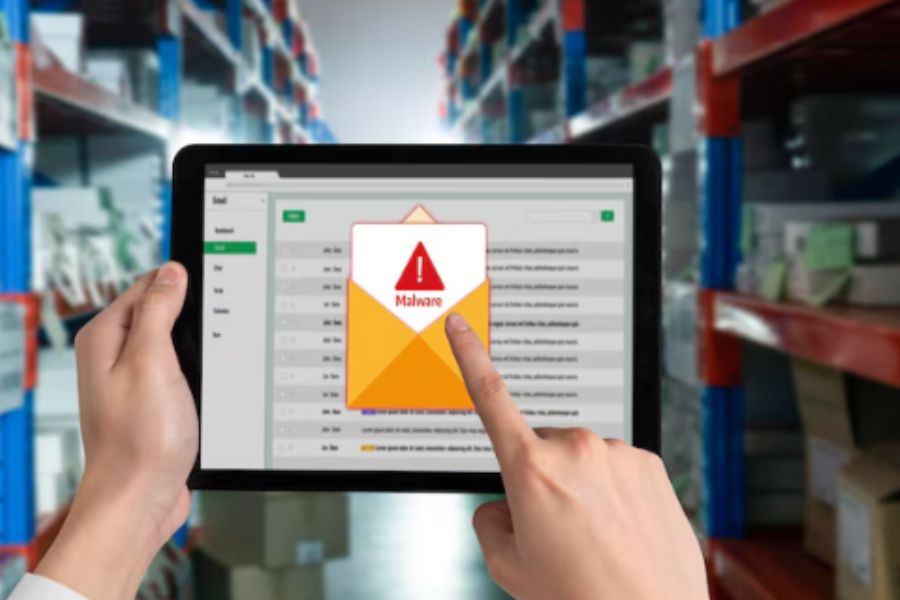In any industry, expansion-stage businesses should focus their efforts on a small group of consumers, rather than a large ‘universe’ of possible customers. In this way, customer segmentation is the path to success. Why is it the case, and how can we segment customers effectively? This blog will provide the answers to these questions.
What is customer segmentation?
Customer segmentation is the process of categorizing a company’s customers into groups based on their shared characteristics. Some common traits that customer segmentation can be based on are demographics, income, or interests.
The objective of customer segmentation is to determine how to relate to customers in each segment in order to optimize each customer’s value to the company. This method also makes it simple to personalize your marketing, service, and sales efforts to individual groups’ requirements. In the long run, this can improve customer loyalty and conversions.
Types of segmentation
Now that you know what is customer segmentation, let’s dive deeper into the different types of segmentation and what traits they are based on:
- Demographic Segmentation: age, genders, education levels, income, marital status.
- Behavioral Segmentation: repetitive actions, patterns of purchased products.
- Geographic Segmentation: country, city, ethnicity.
- Psychographic Segmentation: personality, values, interests.
- Need-based Segmentation: must-have products/services based on the needs of specific customer groups.
Based on the type of business that you own, you can choose which segmentation should be the most effective. For example, if you own a fashion store, you can categorize clients according to their gender to provide personalized suggestions. Of course, this doesn’t mean you should only send female clothes emails to females. You can think of more creative ways to do it, such as sending female products to men, just in case they need to buy a gift on Women’s Day.
Likewise, demographic segmentation may target potential consumers based on their income, ensuring that your marketing costs aren’t spent on individuals who can’t afford your goods. A good example of this is Montblanc, a luxury goods manufacturer. They partnered with Yieldify to display a variety of offers throughout their website. The company attempted to increase conversions by offering a free gift to customers who spent above £200. This number recognized Montblanc’s target audience’s spending expectations. As a result, this segmentation brought about more than a 118% increase in conversions for those targeted
How to segment your customers effectively?
Determine your segmentation goals
Before jumping into complex steps, it is important to determine your goals to segment customers. It is similar to deciding a direction where your segmentation journey will head to. It’s important to remember that your customer segmentation goals will be unique to your company – segmenting consumers isn’t a one-size-fits-all approach.
It would also be useful to consider why you’re investing time in segmentation and what you intend to gain from it. By doing this, you can tailor the remainder of your plan (your colleagues or employees) to support you in achieving them.
For example, the number of objectives you set will depend on the size, vision and industry of your company, as well as who your consumers are. Furthermore, will your objectives be applicable across teams (e.g., marketing, sales, and service) or to a single department? Asking yourself these types of questions can make the plan clearer before execution.
Assign customers into the chosen groups
Decide how you’ll segment your consumers once you’ve decided what you want to gain out of the customer segmentation process. To figure out how you’ll achieve this, go back to the client segmentation list. There is no right or wrong answer here; it all depends on your company, consumers, and the objectives you defined in the previous stage.
You may geographically segment your consumers, for example, if you want to distribute targeted advertising with your customers in Amsterdam in the hopes of increasing conversions in that region.
The next question is, how to make this process simpler and minimize errors, given that you may have a large number of customers who purchase at your store? There are a number of customer segmentation software on the market nowadays. But we want to tell you something different: use a point of sale (POS) system with a customer group function. In this way, you can combine many other business functions, such as transaction processing, with customer groups.
Let’s take ConnectPOS as an example. This point of sale software allows merchants to create and add customer groups based on transaction data easily. This is highly beneficial when your staff wants to apply discounts for particular groups during checkout. If you are interested, don’t hesitate to give it a free trial.
Build deep understanding into each segment
Analyzing your segmentation efforts can provide you insight into how you’ve structured your consumers, allowing you to make any necessary adjustments and modifications.
When you segment customers, double-check with your marketing, sales, and support teams to obtain their feedback on any segmentation modifications that may be required.
You can also collect comments from your clients to better divide them into relevant categories. You might, for example, run surveys by asking consumers about their feature and product usage patterns and inclinations. You’ll be able to better arrange consumers based on their unique habits as a result of this.
Another way to gain insights into each customer segmentation is to use analytics from your POS system. Some POS nowadays allow users to access real-time reports based on the transactions that a particular customer group has made.
Reach your customer segments
It’s time to decide how you’ll target your consumers throughout your business once you’ve segmented them. Members of various departments (e.g. marketing, sales, and service) will be able to successfully target your consumers via their job if they understand how your customers are categorized.
For example, the marketing department can come up with a suitable email marketing strategy with higher personalization. Likewise, sales can identify the best way to reach out and persuade the targeted clients.
Wrapping up
You’ve reached the end of this blog about how to segment your customers. Do you still want to know more about the top business strategies? You can continue reading our other blog posts about eCommerce, or contacting us for more information about our POS solution, ConnectPOS.



